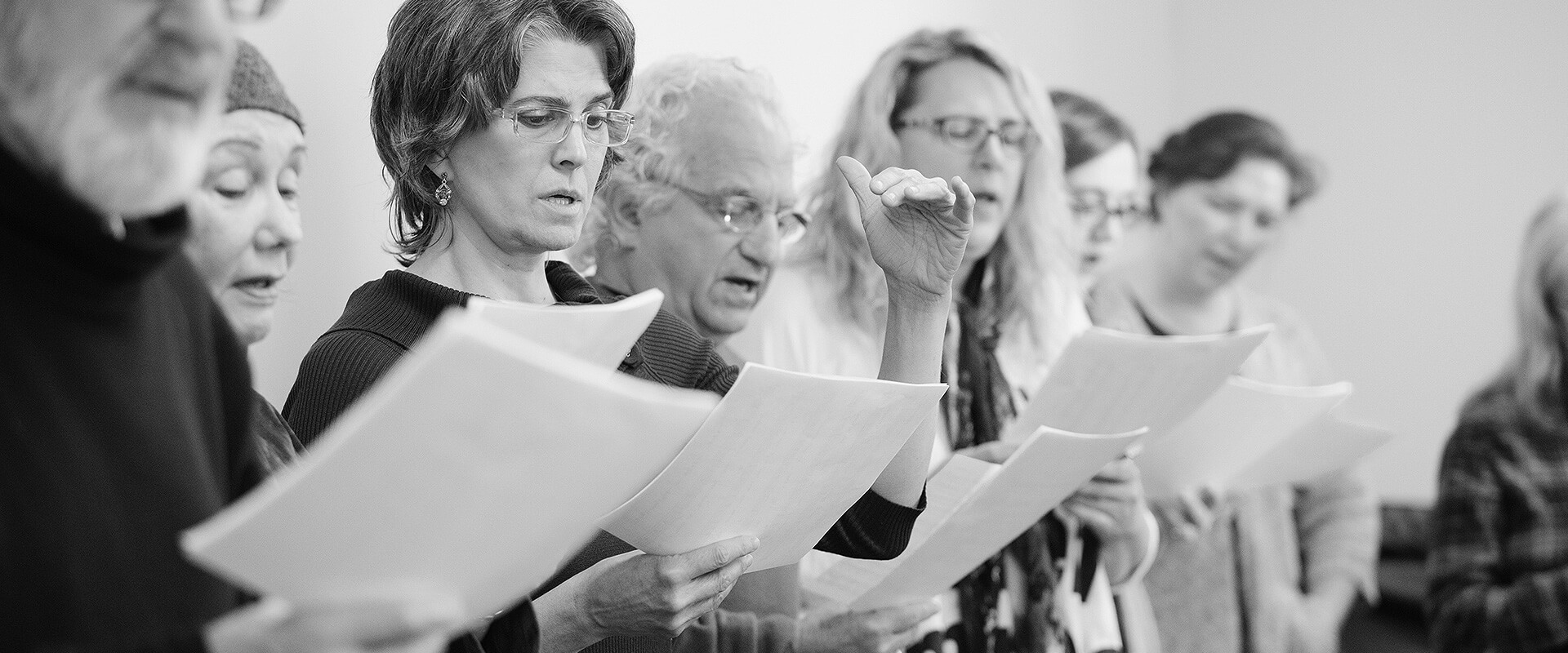Range & Registers
our range is how high and how low you can sing. The contrasting qualities within this range are referred to as registers. How many registers there are is related to your understanding of how the voice functions – which is why it is an area where opinions vary among singers and teachers. Amongst pedagogues there is a general understanding of four registers for women and three for men.
In a woman’s voice I agree to four basic registers which vary from person to person. Stated simply, Register 1 or chest register are notes found at or below a woman’s normal speaking voice. Register 2 is at a woman’s speaking voice to about an octave above (roughly speaking) is the middle register, sometimes called a mixed register. Above this is a noticeable transition to Register 3, head register or head voice which is lighter and often breathy when untrained. At the high end of the head register is another register called whistle or flute register which doesn’t occur in all women. This 4th Register or whistle register is accessed by using the ‘ventricular bands’ or ‘false vocal cords’. Whether the use and development of this register is beneficial or not is a debatable point amongst vocal pedagogues. Most believe that it is accessed by too much tension in the throat and therefore not beneficial. In the majority of women we therefore have three main registers: chest, middle and head. Between these three we have two noticeable register changes, bridges or breaks. Some teachers believe that you bridge these areas by a ‘vocal adjustment’ in which you carry qualities from one register into another. This may be true of the lower bridge or break in a woman’s voice but to my understanding less true for the upper bridge or break. According to my understanding of how the voice functions, if there is a problem of technique that goes unnoticed in the middle register, such as lack of alignment, it will show up at the upper register break. Correcting the problem in the break area will connect the registers. Once discovered, the correction should be carried into the middle voice as well, where the problem originates.
In a man’s voice there are three registers, very different in quality from a woman’s voice although some of the terminology we use to describe them is the same. The lowest register, Register 1, is sometimes referred to as vocal fry or creak; one baritone described it to me as ‘singing right on your cords’. Register 2 is the main register for men which transitions smoothly from Register 1 without a noticeable bridge or break. This is the area in which most men sing and it is quite big in range. Register 3 in a man’s voice is called falsetto (false voice in Italian); it is what remains of their young boy’s voice before puberty. Some men are able to transition in and out of falsetto smoothly but this is very rare. Most men would be happy to learn how to mix some of their falsetto down into chest voice to extend their upper range. Learning how to sing comfortably in your upper range is a function of good technique and understanding how high notes are produced. Much of the difficulty in accessing this upper range lies in a misunderstanding about how the voice works. This is the only real bridge or break in a man’s voice. How to transition in this area is not difficult to learn once you have the right ideas to work with. One of my students mastered it in three lessons to the level he needed to sing popular music – exceptional to be sure, but possible given the right tools.
Men generally have a more difficult time exploring their upper register while women have a harder time exploring their lower register. For women connecting speech with singing is very helpful to access notes in the area of their speaking voice. Learning to relax and spin the breath is also helpful. For men, it’s a different problem. The upper range is accessed when they stop trying to muscle their way up there and back off on the breath. Learning to connect down and think small instead of muscle up and think big are concepts I address in the lessons. Surprisingly the answer to the problem is often the opposite of what the student was thinking. I hear this time and time again.
For more information or to book a private lesson, please go to the contact page.
 Montreal Voice Coach
Montreal Voice Coach